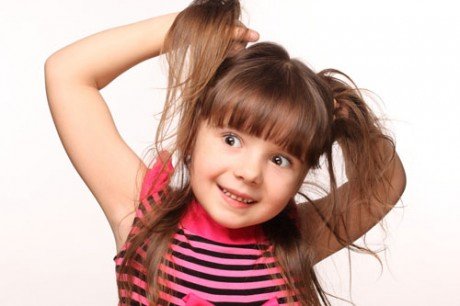
Science learning by four year olds is exciting. Four-year-olds approach the world with great curiosity and use their imaginations to help understand it. Hands-on explorations help them to separate reality from fantasy. They can participate in the planning and implementation of simple scientific investigations, and over the course of the year, will increase their abilities to make observations, gather information, compare data, identify patterns, describe and discuss observations, and form explanations and generalizations.
Inquiry Skills
Continues to use exploration as an important means of learning. Is able to help plan and implement simple investigations to answer questions about how, why, and what if?
Increases ability to observe and discuss common properties, differences, and comparisons among objects and materials. Can identify and sort by multiple properties (e.g., size, color, shape, function). Continues to use simple tools, gathering increasingly detailed information. May begin to use ruler or yard stick to measure length.
Improves ability to record information through representational drawings by adding more details (e.g., long and short antennae on the snail). Can also contribute to adult-made charts and graphs (e.g., pointing out or drawing pictures of items that sink or float).
Readily draws from past experiences to describe and discuss observations, and then form explanations and generalizations. Begins to compare data from multiple sources to see patterns (e.g., child may say, “Worms live in dirt. I have seen them in the ground at home and at school.”) Notices form and function relationships (e.g., the columns on a building help to support the roof).
Shares observations and ideas easily in conversation. May need some adult prompting to provide essential details, or may include a lot of unnecessary details.
Engages cooperatively in planned investigations. Can contribute ideas to the planning of an investigation and work with others to carry out the plans (e.g., figuring out how to move water from a bucket on the floor up into the water table using a plastic hose).
Knowledge of Physical Sciences
Can explain certain properties (e.g., hardness, color, shape, texture) of materials he or she has observed, as well as how these properties influence behaviors (e.g., a round ball rolls). Continues to learn when and how properties can be changed (e.g. mixing red and yellow paints makes orange).
Experiments with changing the characteristics of sound and light (e.g., plays with making a drum louder, a shadow longer). Begins to understand that the characteristics of sound (e.g., pitch, volume) depends on the source of the sound (e.g., the different sounds made by airplanes, animals, instruments). Forms some ideas about how to change the size and shape of shadows.
Can share observations of water (e.g., how it flows or drops, temperature variations). Notices that some objects sink in water and others float, but may believe that only light objects float and heavy ones sink.
Experiments with how movements can be changed (e.g., modifies a ramp to get a ball to roll farther). Can form reasonable ideas about how to cause particular variations in movement.
Knowledge of Life Sciences
Identifies detailed characteristics (beyond color, size, and shape) and behaviors of animals (e.g., how an animal moves or eats).
Begins to understand that all animals need food, water and a place to live. Also, that plants need water, light and soil.
With opportunities to observe growth and change, begins to understand that plants are living things and some things that move are not living things.
Begins to think about the relationship among living things, their needs and their surroundings.
Compares observable similarities and differences in living things. Can make generalizations across and within species (e.g., most plants have green leaves; robins, gulls, and ducks are birds).
Can describe parts of the life cycle based on observations. Understands that a seed grows into a plant, but may not be sure that a tadpole and frog are the same species. May recognize that he or she was a baby once and will grow bigger.
Knowledge of Earth and Space
Notices variations in the properties of materials in his or her environment (e.g., rocks are different colors, shapes and sizes; water can fall from the sky as rain or snow). Also, sees that water can influence the properties of other materials (e.g., makes a towel heavier).
Can describe observable effects of wind, rain, and snow. Is learning about the seasons of the year and how the environment in his or her surrounding community changes with each season. Has a growing understanding of time, and can discuss and chart the daily routine, weather or other events from day to day.
Can help chart the movement of the sun or the moon, and/or the phases of the moon.
Copyright 2002-2007 Public Broadcasting Service.
For other child development articles, please see http://www.pbs.org
